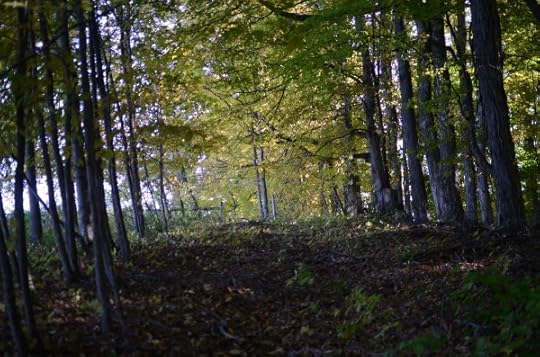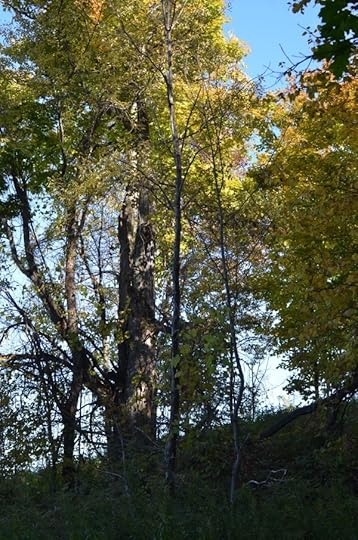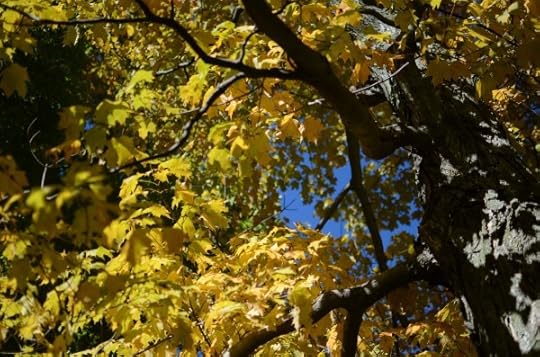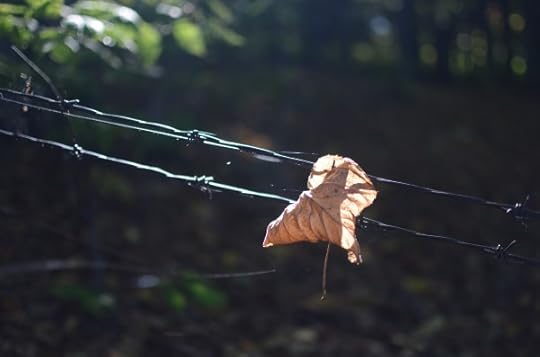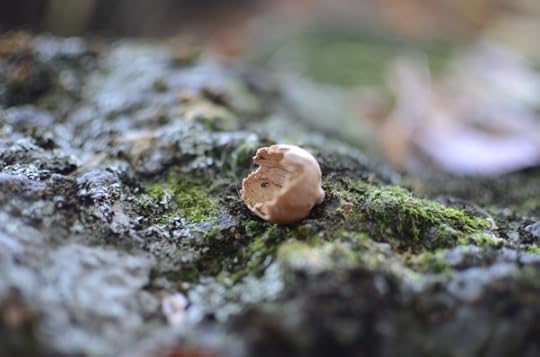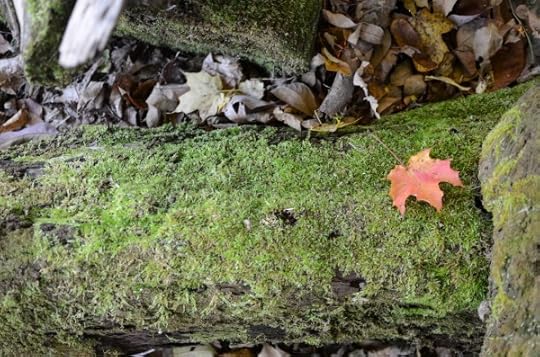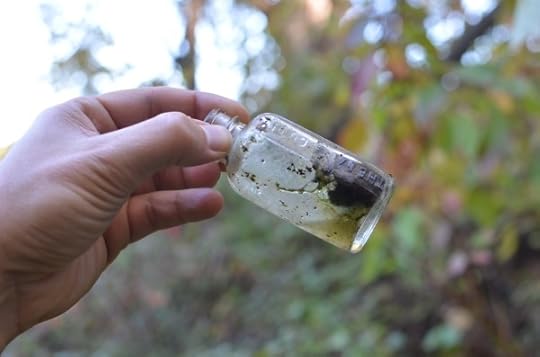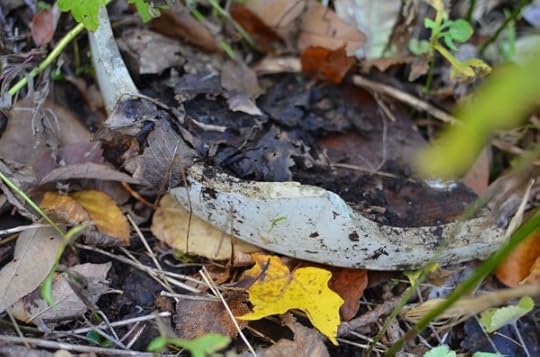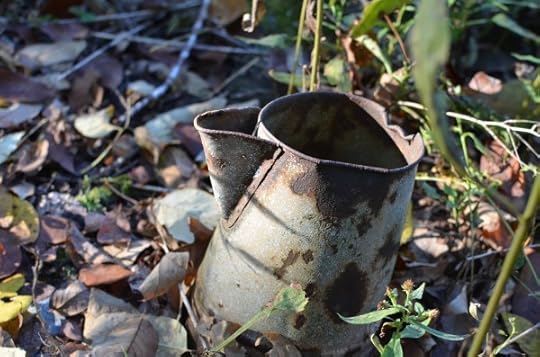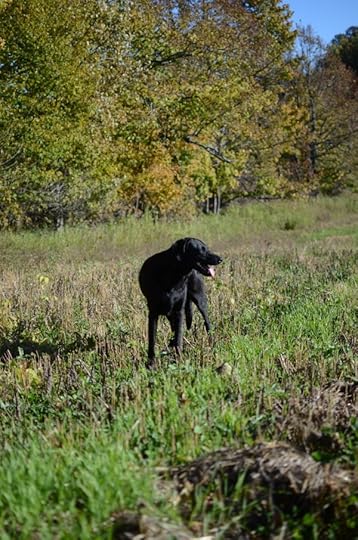Josh Kilmer-Purcell's Blog, page 33
October 30, 2015
Everything She Touches is Goldman
We have known Amy Goldman for years. We fell in love with her work and her gardens when we got our dirty little hands on her first book, The Heirloom Tomato. When we held the charity auction of heirloom vegetables on the floor of Sothebys in NYC, she was one of our big supporters, and we even used some of her bronze castings of heirloom vegetables in the Beekman 1802 Heirloom Vegetable Cookbook.
Her talent and appreciation of the true forms of nature has greatly inspired our aesthetic at Beekman 1802, which is why were were thrilled when she married heirloom vegetables with one of our other loves–daguerreotypes.
The author of three award-winning books—The Heirloom Tomato, The Compleat Squash, and Melons for the Passionate Grower—Amy Goldman has dedicated her life to helping preserve the agricultural heritage and genetic diversity of the world’s fruits and vegetables. She has been called “perhaps the world’s premier vegetable gardener” by the president of the New York Botanical Garden. After joining the Board of Directors of Seed Savers Exchange (the nation’s preeminent seed saving non-profit organization) in 2001 and serving as Vice Chair, then Chair, she morphed into a Special Advisor in 2012.
Amy’s stunning fourth book, HEIRLOOM HARVEST: MODERN DAGUERREOTYPES OF HISTORIC GARDEN TREASURES features over 175 extraordinary photographs: the result of a fifteen-year collaboration between Goldman, a celebrated plant conservationist and heirloom gardener, and Jerry Spagnoli, one of the world’s foremost daguerreotypists.
The lustrous images of plant life featured in HEIRLOOM HARVEST—Fordhook Gem melon, Marina Di Chioggia squash, Raritan Rose peaches, Silverado Chard—allow us to appreciate natural beauty in a new way. All of the fruits, vegetables, nuts, herbs, and berries featured in the book were grown by Goldman on her 200-acre historic Hudson Valley farmstead–just an hour or so away from our own farm in Sharon Springs, NY.
Jerry Spagnoli, considered the leading expert in the revitalization of the daguerreotype process, is also noted for his collaboration with artist Chuck Close on daguerreotype portraits and nudes. Spagnoli’s work is in the collections of the Museum of Modern Art, the National Portrait Gallery, Whitney Museum, the Art Institute of Chicago, and others.
Take a peek at some of these masterpieces:
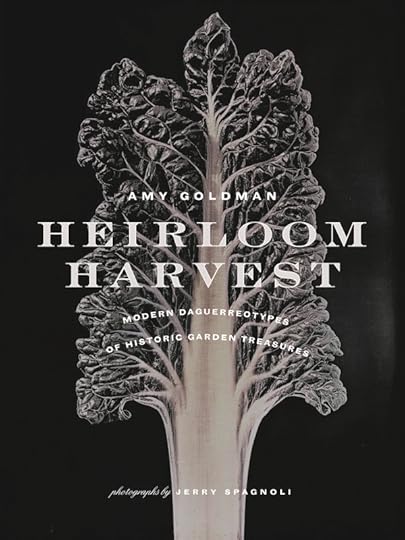
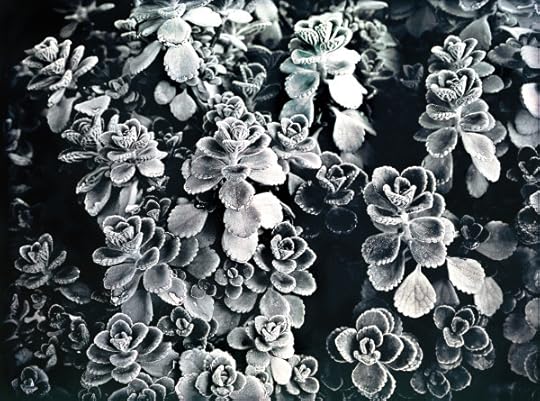
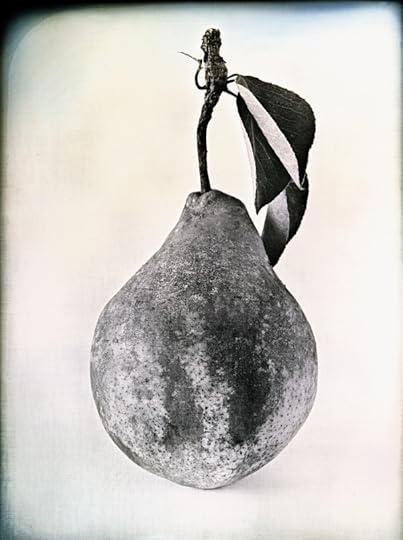



<
>
Have an heirloom masterpiece right on your own coffee table! Click here
October 28, 2015
Five Beautiful Things
One of the reasons I adore Martha is because of her boundless imagination. An innovator and a stylist, she always brightens the spectrum of any subject she is handling.
When it comes to Halloween – her favorite holiday – she fearlessly lets her imagination fly. To celebrate the holiday she has donned numerous costumes over the years, many of which were documented in special Halloween issues of her magazine. I couldn’t resist compiling images of some of her most timeless looks. Happy Halloween!
The Heirloomist
What is an heirloom?
At Beekman 1802, we think an heirloom is ANYTHING that has a value greater than its monetary one. This is why we fell in love with a project that helps people share and display their personal heirlooms.
Shane Novak, known professionally as The Heirloomist, is a New York City based photographer. She brings a background in publishing and advertising to her photography, resulting in a special understanding for the process and demands of visual story telling. She’s worked with clients including Bloomingdale’s, Time, Inc., HSN, and Redbook.
The Heirloomist was founded as a way of bringing a personal touch to her professional work. She credits her grandmother for saving odd family objects, artfully passing down their stories, and inspiring her love of helping other people tell the story of their “things”.
“I’m here to have fun with the stories that make us who we are,” she says. “No matter how odd or tattered, family history should be celebrated.”
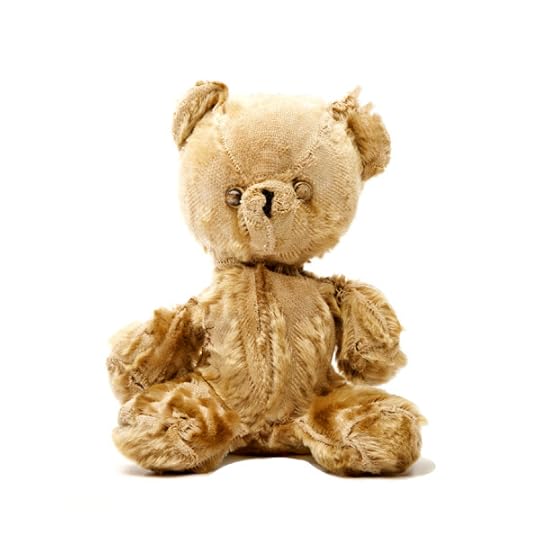




<
>
At present, The Heirloomist works with a wide range of budgets and delivers artwork within 3 weeks. If you’d like her to visually preserve one of your family heirlooms, visit the website by clicking here.
See your heirlooms in a whole new way.
October 27, 2015
The Chatter for Fall
We’ve lobbied really hard for Garrison Keillor to give up life in Lake Wobegone and move to Sharon Springs, but thus far he has not answered our letters or returned our calls.
Sharon Springs has beautiful people and above-average children, too, so on to Plan B.
What is a small town village without a small town paper to keep track of what everyone is doing?
Nancy Pfau, the town historian, is now editor of our own little paper.
Each month you can check back here for a new issue and follow the lives of the real village people. If you pay a real visit, you may even want to submit a story idea of your own!
You may not live in small town, but at least you can pretend.
See below for the Fall 2015 Issue
October 24, 2015
Here’s How It Was Done
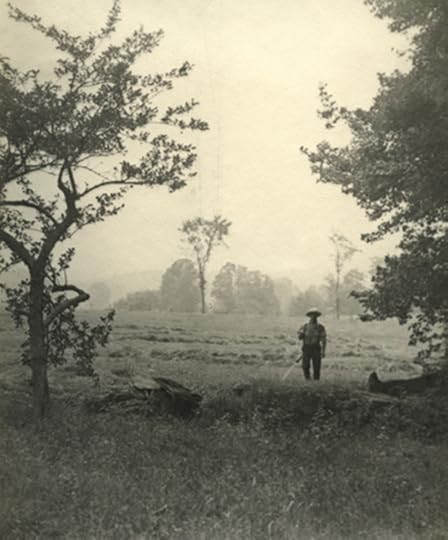
c. 1910 Man standing in cleared field on the Duroe-Dell Farm, New Berlin, Chenango County, New York. He is holding a two-handed scythe under his arm.
Last year, we were named to the Board of Trustees of the Farmers’ Museum in Cooperstown, NY. The mission of the museum is to cultivate an understanding of the rural heritage that has shaped our land, communities and American culture.
One of our favorite collections of the museum is the vast photo archive.
Plowline: Images of Rural New York is a collecting initiative. The Farmers’ Museum, with the generous support of the Gipson Family, is actively assembling original photography that documents changes in agricultural practice, rural life and farming families in New York State from the 19th century through the present.
Each week on Beekman 1802 we’ll highlight a photo from the collection that not only depicts where WE come from but where we ALL come from.
To learn more about the museum or plan a visit on your next trip to Sharon Springs, click here
October 21, 2015
Five Beautiful Things
Five Dollar Bills
My love for all things printed and pretty extends well beyond the pages of books and magazines, past stationery and wallpaper and wrappings. The designs of the stamps we use and the bills we spend are also fascinating and inspiring to me. Have you ever looked at your money closely? I mean, really looked at it? The illustrations and patterns are often intricate, ornate and filled with symbolism – not to mention security features designed to foil counterfeiters. Below I’ve selected five five-dollar bills from around the world. They are all antique and are no longer in circulation. Open your wallets and discover the artistry within!
1. An American five-dollar bill from 1896
2. A Canadian five-dollar bill from 1979
3. A British five-pound note from 1967
4. A Mercantile Bank of India note from 1941
5. A Scottish five-pound note from 1939
A Different Viewpoint
We love when photographers and artists visit the farm or Sharon Springs. Each lens sees the world in a different way and reveals corners of our own that we would have never noticed.
Photographer Katie Simmons-Barth visited during Harvest Festival 2015. Here’s what she saw:
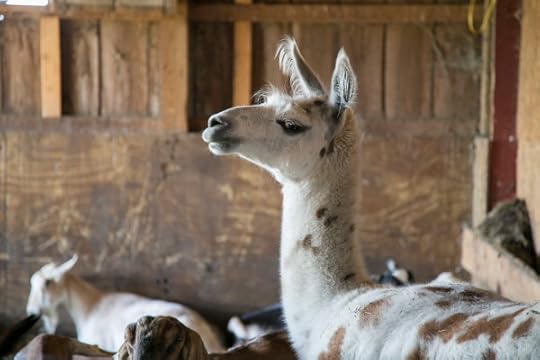
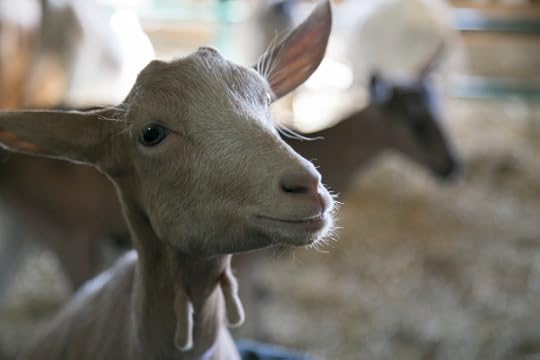


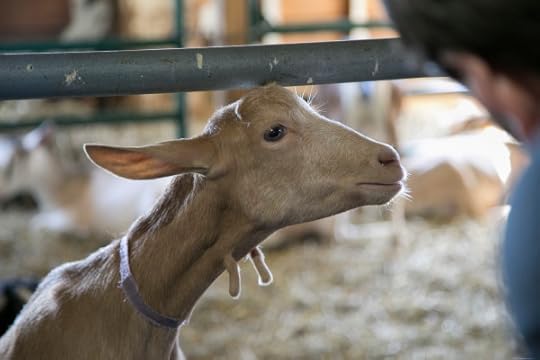




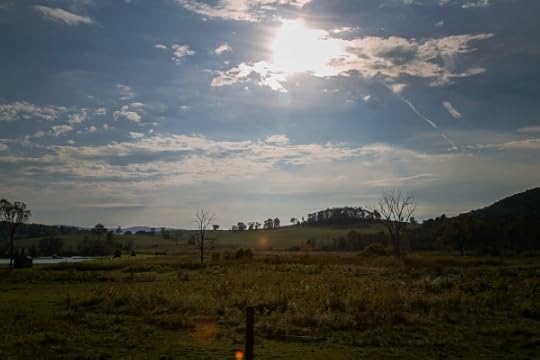




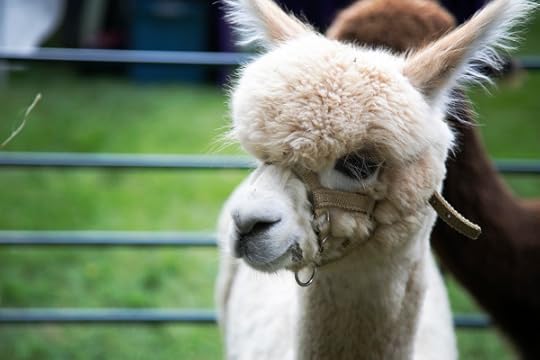



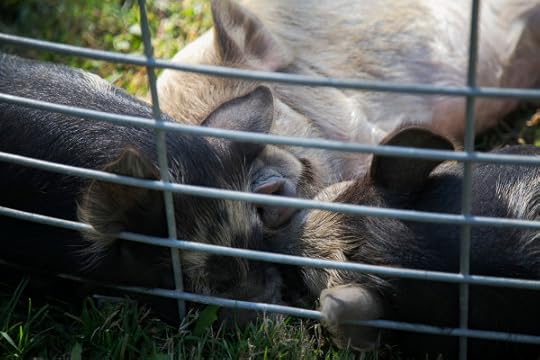







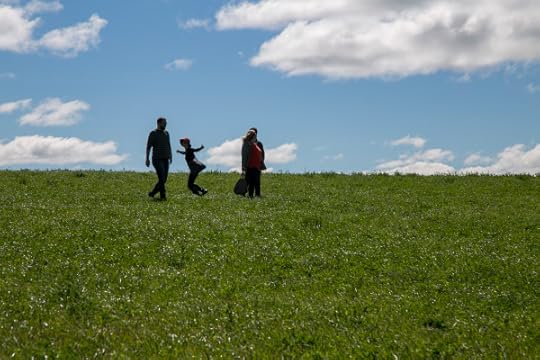
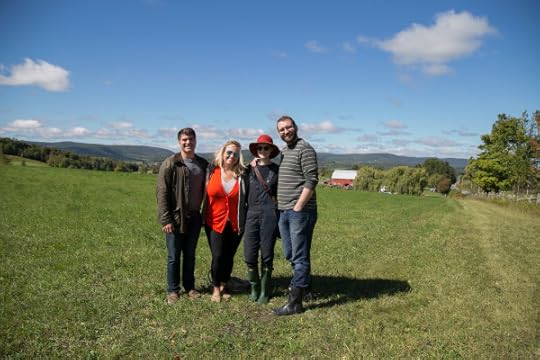

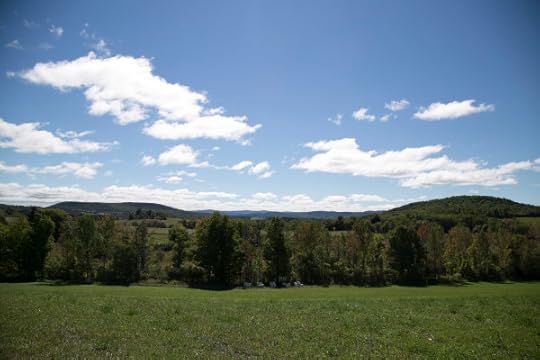














<
>
See more of Katie’s beautiful work on her website by clicking here
Looks Good on Paper
When we create new designs for the Heirloom Linen Collection, we always start with a little research. Each design is always named after a historic manufacturing town in New York State as a reminder that there was a time (not too long ago), when America produced the finest, most beautiful things in the world.
The history of papermaking in America had its beginnings in the late 18th century, at a time when linen and cotton rags were the primary source of fibers in the manufacturing process. By 1850 there were more than 106 paper mills in New York, more than in any other state.
One of those mill towns was Minneto, NY, along the Oswego River.
Without fine paper, love letters could not exist and neither would our romantic Minetto collection.
We took charcoal rubbings of 18th century paper printing blocks from Adelphi Paper and used them as the inspiration for this beautiful printed pattern.
Adelphi is our Lost Arts artisan this year. Learn more about their craft by clicking here



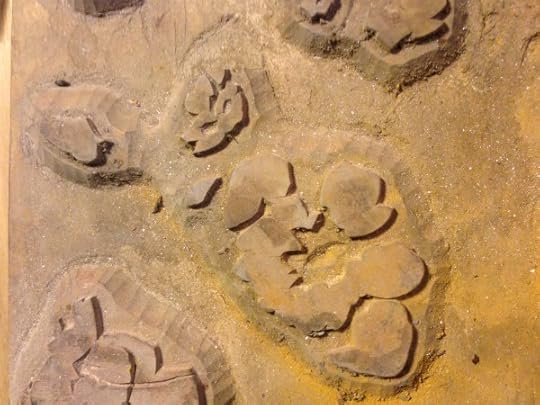



<
>
Heirloom-quality linens to foster true love across the centuries.
See the full collection of Beekman 1802 heirloom linens by clicking here
October 17, 2015
Lost and Found
Each year as part of our Beekman 1802 Heirloom Collection of furniture and linen, we highlight one element that we call The Lost Arts. (see prior Lost Arts by clicking here). It’s our way of supporting the craftsmanship that once built America.
This year we are featuring the work of our neighbors (literally right up Main Street from us), Adelphi Paper Hangings— producer of the finest quality, block-printed wallpapers available on the market today. Their wallpapers are meticulously reproduced from original documents and hand-printed by skilled artisans using the same methods and materials employed in the eighteenth and nineteenth centuries.
We’ve featured some of their prints as works of art before (click here to see)
Block printing has long been used for decorative printing on fabrics and wallpaper. Wooden blocks are carved of repetitive patterns composed of one or a small number of motifs. For a multicolor pattern, each color element is carved as a separate block and individually inked and applied.
To create a pattern block, the blockcutter begins by carving out the wood around the heavier masses first, leaving the finer and more delicate work until the last so as to avoid any risk of injuring it during the cutting of the coarser parts. When large masses of color occur in a pattern, the corresponding parts on the block are usually cut in outline, the object being filled in between the outlines with felt, which not only absorbs the color better, but gives a much more even impression than it is possible to obtain with a large surface of wood.
To create wallpaper, Adelphi draws a length of paper from the roll over a long table. The artisan then applies his block and presses it firmly and steadily on the paper, ensuring a good impression by striking it smartly on the back with a wooden mallet. That impression then has to hang and completely dry.
The second impression is made in the same way, the printer taking care to see that it fits exactly to the first, a point which he can make sure of by means of the pins with which the blocks are provided at each corner and which are arranged in such a way that when those at the right side or at the top of the block fall upon those at the left side or the bottom of the previous impression the two printings join up exactly and continue the pattern without a break.
Between each impression, the ink has to dry, so the more detailed a pattern or the more colors used greatly increased the amount of time it takes to produce the finished product.
We’ve watched this process unfold (or rather, unroll) many times at Adelphi. On one afternoon we had the chance to visit the cellar—and we found a treasure! There were stacks of wooden blocks from the 19th and 20th centuries that were no longer in use. (Once the wood on a block cracks, it can no longer be used for print-making.)
Photographer Sarah Pezdek Smith takes you on a tour of Adelphi:

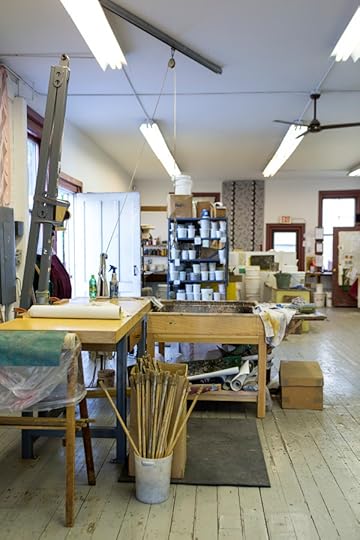
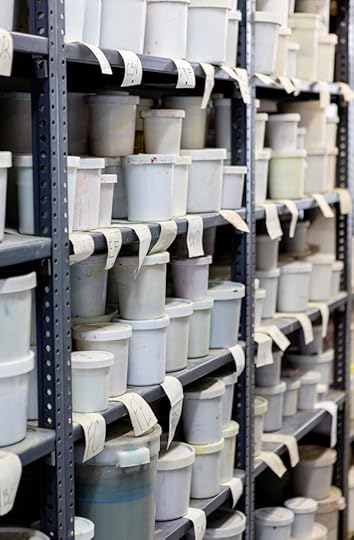
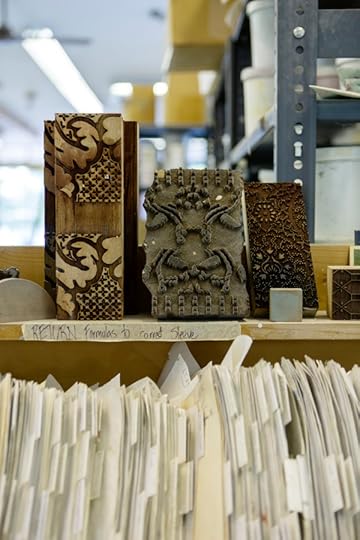

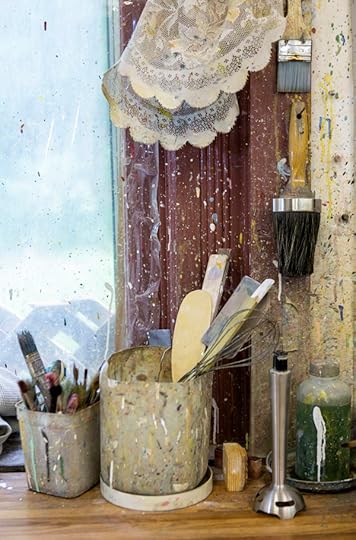





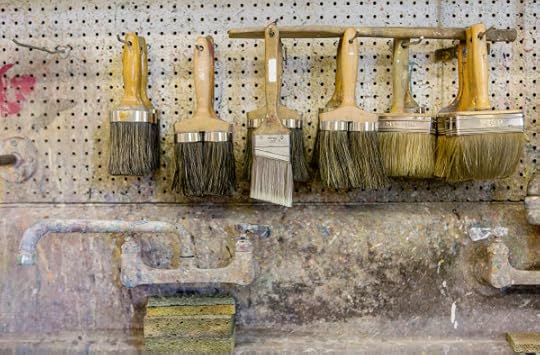

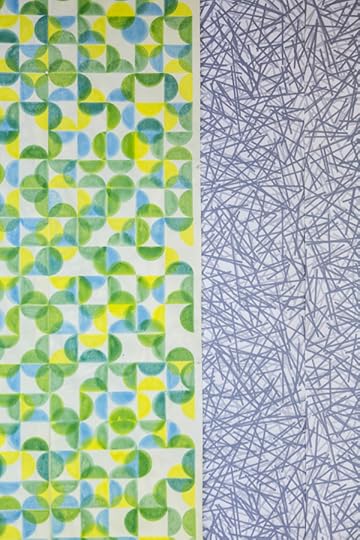

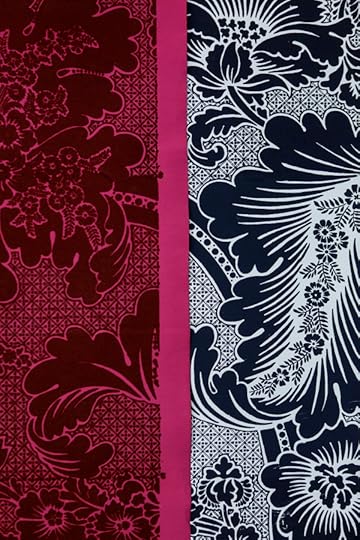


<
>
We were so awed by their patina and beauty that we then asked our blacksmith Michael McCarthy to create a stand so that each could be displayed as a sculpture—lost works of art, found.
Bring a bit of history into your home. See all of the one of a kind blocks available in the Mercantile
October 16, 2015
Önder takes an Autumn Walk
Come take an autumn walk with us around the perimeter of the farm…












